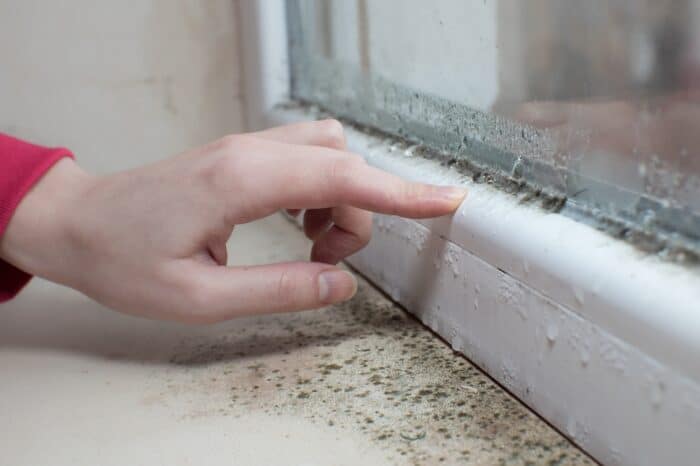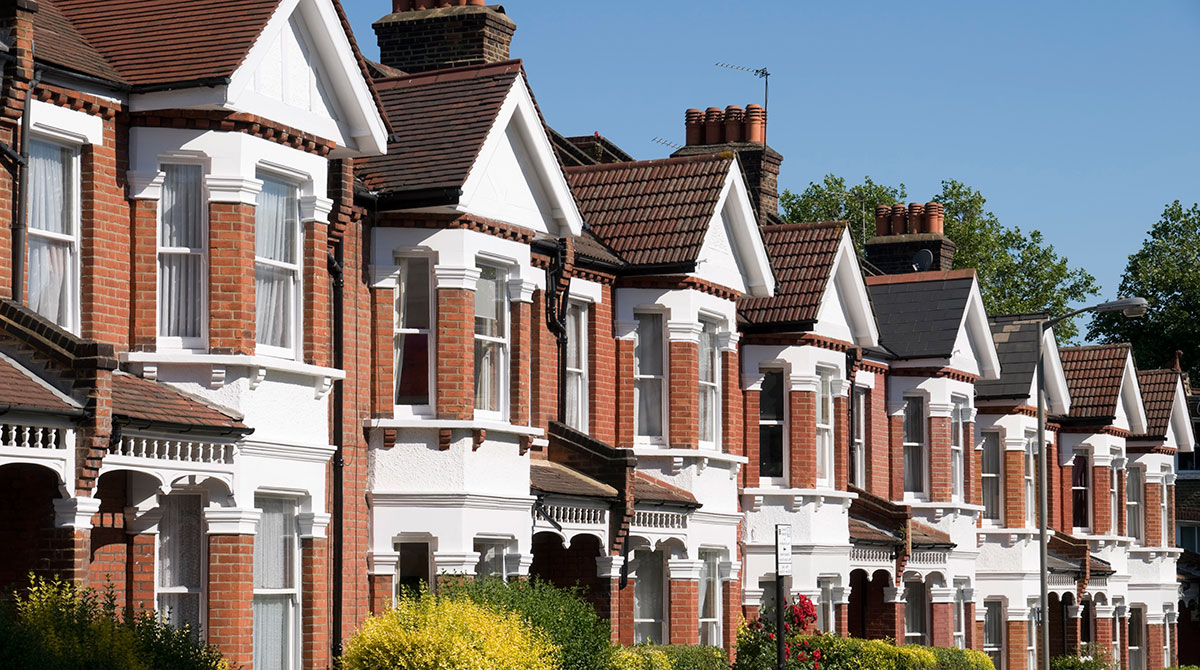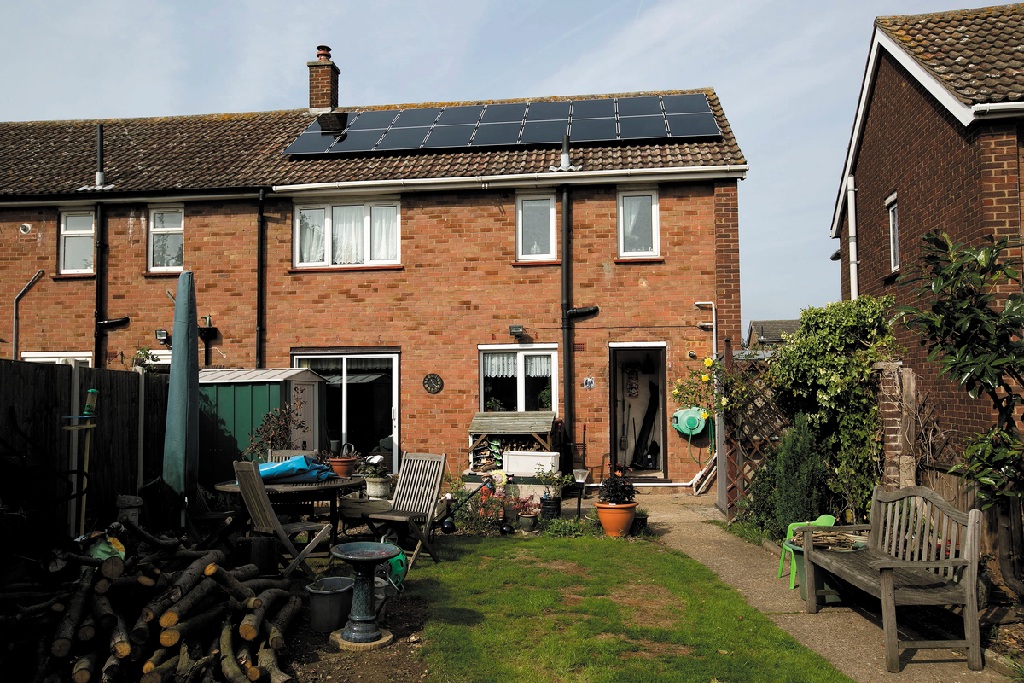According to Compare the Market, Manchester ranks as the location suffering most from damp and mould.
The comparison site worked out which parts of England are most affected, considering variables including the number of Google searches related to the issue, and the most up-to-date data available on the levels of damp and mould in private and rented homes in England.
Manchester topped the list with a damp score of 5.6 out of 10, and residents of the city searched more frequently for damp- and mould-related queries, with 434 searches per 10,000 people annually.
Leeds came second, also with a high damp score of 5.6. However, the city had fewer annual searches (295 per 10,000 people) for damp-related terms than Manchester, placing it just behind.
London, Liverpool and Bristol completed the top five.
Three top tips to deal with damp and mould
Anna McEntee from the home insurance team at Compare the Market has published her top tips to help manage mould in the home.
She said: “Dealing with mould can be a stressful experience, but it’s important to address it promptly to minimise health risks.
“Most home insurance policies don’t include damage caused by damp and condensation, so it is unlikely you will be covered for mould-related problems.”
Below are some of the ways you can prevent and treat mould in your home:
1. Preventing damp
Most home insurance policies don’t include damage caused by damp and condensation, so it is unlikely you will be covered for mould-related problems. Therefore, the best way to protect your home from mould is to prevent it.
Moist and humid environments lead to mould growth, so keeping your home dry and ventilated is essential. A dehumidifier or an extractor fan can aid air circulation, and simple steps like opening the windows when cooking in the kitchen, or in the bathroom when showering, can make a huge difference. Also try to let in natural light where possible, and clean and vacuum regularly to prevent mould growth.
2. Fixing the problem
If it’s already too late for preventative measures, removing mould is the next step. Generally, mould can be treated with a special antifungal spray that will kill the mould rather than just wipe it away. Once all mould is removed, remember to keep the affected area dry and clean, and open windows whenever possible.
Make sure to check all areas of the home and look out for signs that damp and mould might be returning. Signs to look for are peeling paint or wallpaper, particularly by skirting boards, and dark patches of colour on the walls. Remember to check hidden places like corners and behind furniture where there might be less ventilation.
3. Asking for help
For more serious cases, call in a damp surveyor to find the cause of the problem as it might be an issue with pipes, a damaged roof or window frame. For those renting properties, it’s the landlord’s responsibility to fix a mould or rising damp problem if it’s caused by structural damage under the Housing Health and Safety Rating System, so make sure you let them know what’s happening.




